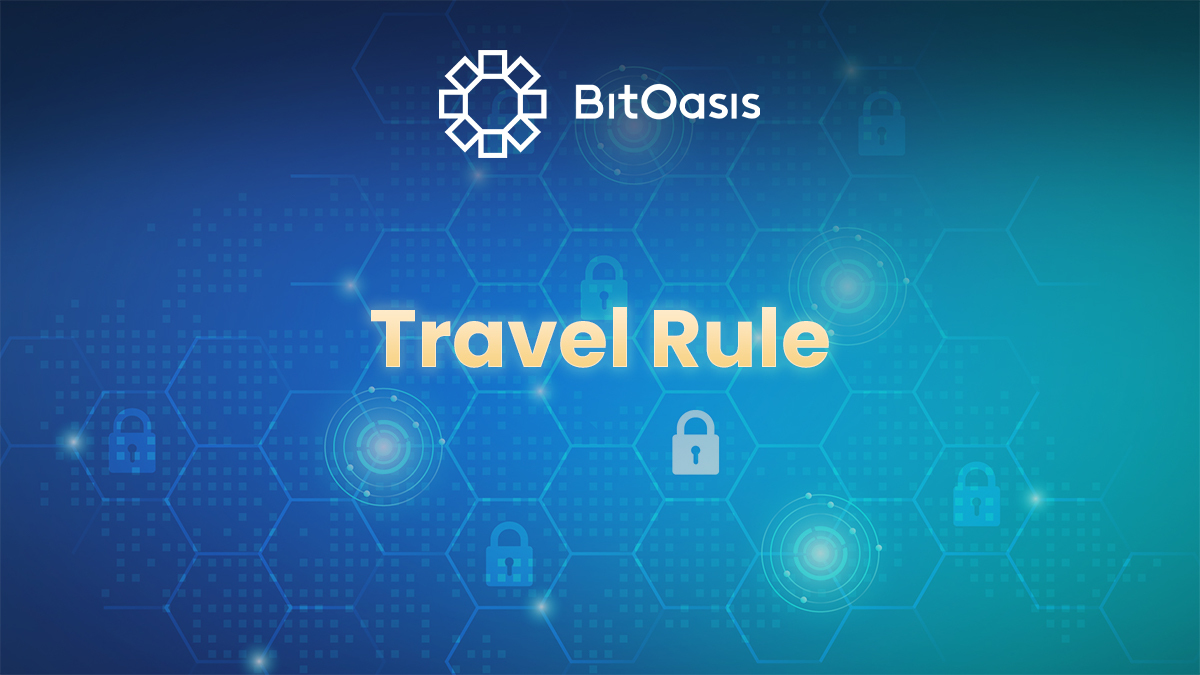So you’ve just bought some cryptocurrency, and it’s natural to be a little wary about keeping your investments safe. Unfortunately, if you lose your crypto, even for the remotest reasons like when your smartphone gets compromised, it’s all gone forever. Another example of how people have lost their investment is by falling for scams. That said, hackers are developing new ways to scam people all the time. A typical example is email phishing, which has been around since the start of the Internet.
What Exactly is Phishing?
Phishing occurs when hackers steal login credentials and credit card numbers from sites that mimic the ones you already use. For example, a phishing email might look like it’s from BitOasis and request private information about your bank account. Most phishing emails contain a malicious link that can install malware that sends sensitive information back to the attacker, which then compromises the device. If you click on these links, you’ll be redirected to a suspicious website, tricking you to enter your username and password, which could compromise your account.
How to detect a phishing website or email?
- Are you being asked to send your personal information or share your identity documents?
- Is the email signature suspicious?
- Is the message too good to be true?
- Does the attachment look suspicious?
- Do you know the sender or does the address look suspicious?
- Is the email creating a sense of urgency to act on something?
How to prevent a phishing attack?
As long as you are on a secure website, you shouldn’t get into trouble. But here are some helpful tips to keep yourself safe.
- When you hover your mouse over hyperlinks you can check where the link will take you if you click it.
- Before submitting any information, ensure the site’s URL begins with “HTTPS” with a closed lock icon in the address bar. HTTP means the connection is not secure and should be avoided.
- Check the website domain name for spelling mistakes or suspicious characters.
- When in doubt, check for the site’s security certificate by clicking on the lock icon on the Address bar, where you’ll find the ‘Connection is secure’ tab. Tap on ‘Certificate is valid’ for more details about the site’s security. Do not open the website if you get a message from the browser or the anti-virus software stating a particular website may contain malicious files.
- Never download files from suspicious emails or websites.
- Even search engines may show certain links, leading people to phishing websites that offer low-cost products.
If you believe you’ve encountered a phishing site or email, make sure to report fraud or any suspicious activity to our support team.
Also Read: Tips to trade cryptocurrency safely.



